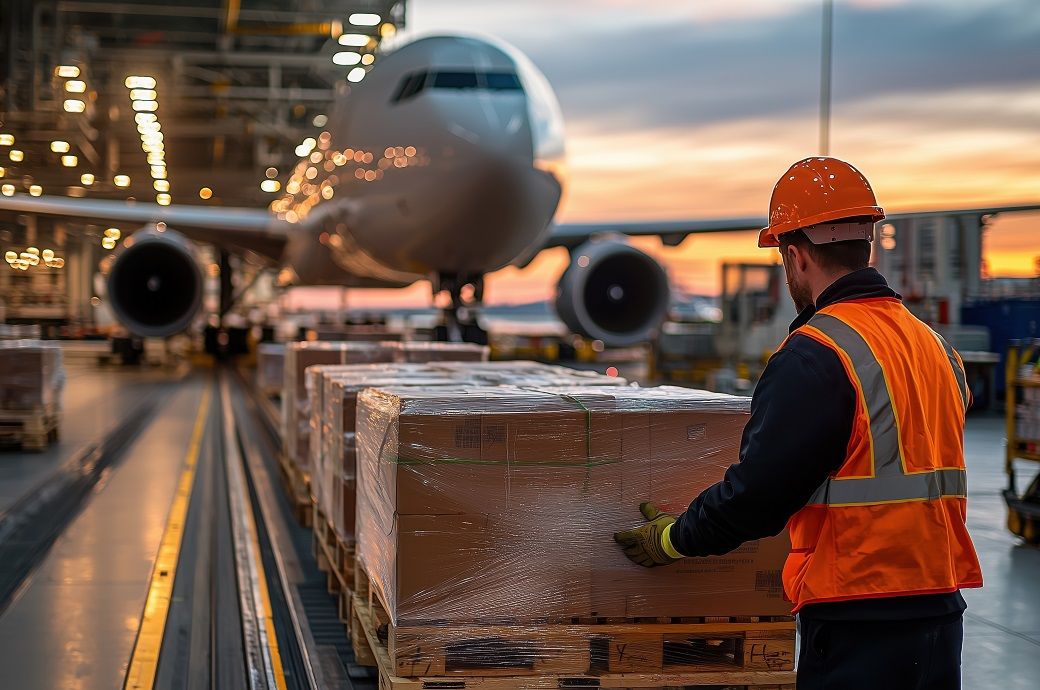
Contrary to the usual seasonal lull, July saw a notable upturn in global air cargo demand following a modest 1-per cent gain in June. This unexpected boost, bucking seasonal patterns, appears driven in part by tariff-related frontloading, mode shift and persistent uncertainty, prompting businesses to expedite shipments, the Norway-based ocean and air freight rate benchmarking and market analytics platform said.
With cargo capacity in July increasing by a lower level of 3 per cent YoY, the more robust 5-per cent rise in volume helped lift the dynamic load factor, which has now returned to levels comparable with a year earlier (58 per cent) and recovering the 2-per cent point decline recorded just a month ago.
Dynamic load factor is Xeneta’s measurement of capacity utilisation based on volume and weight of cargo flown alongside available capacity.
“As we said earlier in the year, air cargo is piggybacking on the chaos being caused by tariffs. While the growth in July will come as a pleasant surprise to many, this growth is not a consequence of increased trade. It is a sign of the creative ways companies are trying to circumvent the higher costs of tariffs,” said Xeneta’s chief airfreight officer Niall van de Wouw in a release.
Despite firmer fundamentals, global air cargo spot rates declined for a third straight month in July, falling by 2 per cent YoY to $2.55 per kg. Yet the rate of decline has eased, thanks to the resurfacing demand-supply imbalance. A modest 2-per cent month-on-month (MoM) uptick in July offered a glimmer of relief to airlines, although the mid-term trajectory remains muted.
Notably, the gap between seasonal rates (valid for over one month) and spot rates (valid for up to one month) has widened, from 5 cents below spot rate in late May to more than 20 cents below by the end of July, indicating subdued mid-term confidence, Xeneta noted.
Further complications loom. The US is preparing to end the de minimis exemption for all countries by the end of August, a policy shift that could reshape small-parcel air trade.
Since May 2, the exemption has already been removed for shipments from China and Hong Kong, which collectively account for an estimated two-thirds of all de minimis parcels entering the United States,. This resulted in a reported 50-per cent drop in China’s low-value and e-commerce exports to the United States in June, based on the latest China Customs statistics.
In China, spot rates to the United States declined by 11 per cent to $4.26 per kg, weighed down by both the de minimis ban, heightened tariffs and market uncertainty.
On Asia-Europe routes, spot rates from Northeast Asia to Europe held steady at $4.16 per kg. Yet beneath that calm surface lies a reshuffling of capacity: a notable shift of freighter capacity from the Pacific to Europe helped absorb a near 90-per cent surge in cross-border e-commerce volumes from China to Europe, as per June data from China Customs.
That reallocation has so far kept rates aloft. By contrast, Southeast Asia to Europe fared less well, with spot rates tumbling by 22 per cent YoY to $3.02 per kg.
The trans-Atlantic market stands out as the only major corridor to post considerable rate increases in both directions. Spot prices rose to $1.91 per kg westbound and $1.15 per kg eastbound. A combination of frontloading activity and reduced bellyhold capacity from passenger flights nudged rates higher.
ALCHEMPro News Desk (DS)
Receive daily prices and market insights straight to your inbox. Subscribe to AlchemPro Weekly!